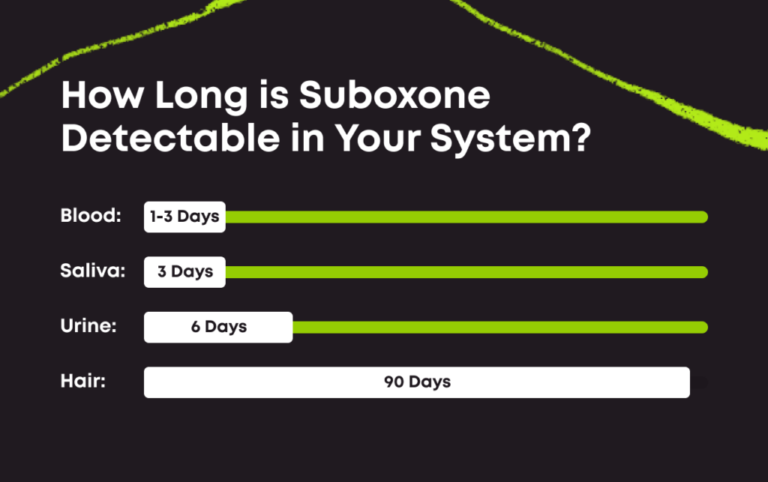Introduction
Suboxone is a prescription medication commonly used to treat opioid addiction. It contains buprenorphine and naloxone, which work together to reduce withdrawal symptoms and cravings. Many people wonder how long Suboxone stays in the system due to concerns about drug tests, side effects, and its overall duration of action. Understanding the factors that influence Suboxone’s presence in the body is essential for safety, recovery, and compliance with medical guidance.
Read more: https://newsasshop.co.uk/
What Is Suboxone?
Suboxone combines two active ingredients:
Buprenorphine: A partial opioid agonist that helps reduce cravings and withdrawal symptoms.
Naloxone: An opioid antagonist that prevents misuse by injection.
Suboxone is used in medication-assisted treatment (MAT) programs to support recovery from opioid addiction. It can be administered as a sublingual film or tablet, allowing gradual absorption into the bloodstream.
Factors Affecting How Long Suboxone Stays in Your System
The duration Suboxone remains detectable varies based on several factors:
Dosage: Higher doses of Suboxone may take longer to be metabolized and cleared from the body.
Frequency of Use: Chronic or long-term users may retain the drug longer than those who take it occasionally.
Metabolism: Individual metabolic rates influence how quickly the liver processes Suboxone. People with faster metabolism will clear the drug more quickly.
Age and Health: Liver function, kidney function, and overall health can affect drug clearance. Older adults or those with liver impairment may retain Suboxone longer.
Body Mass and Fat Content: Buprenorphine is fat-soluble, so it can be stored in fatty tissues, affecting how long it stays detectable.
Hydration and Diet: Proper hydration and a balanced diet can influence metabolism and excretion rates.
Suboxone Detection Times by Test Type
The duration Suboxone can be detected depends on the type of drug test:
Urine Test: Suboxone can usually be detected for 2–7 days after the last dose. Chronic users may test positive for a longer period.
Blood Test: Buprenorphine can be found in the blood for up to 24 hours after use.
Saliva Test: Suboxone may be detectable in saliva for 1–10 days, depending on usage patterns.
Hair Test: Hair follicle tests can detect Suboxone for up to 90 days, as metabolites accumulate in hair strands over time.
Half-Life of Suboxone
The half-life of a drug is the time it takes for half of the substance to be eliminated from the body.
Buprenorphine has a half-life of 24–42 hours, depending on individual metabolism.
Naloxone has a much shorter half-life of 2–12 hours, meaning it leaves the system quickly.
Due to buprenorphine’s long half-life, Suboxone can remain active in the system for several days, contributing to its effectiveness in preventing withdrawal symptoms.
Factors That Can Speed Up or Slow Down Clearance
Faster Clearance: Regular exercise, good hydration, and a healthy liver can help metabolize the drug more efficiently.
Slower Clearance: Liver disease, obesity, older age, or prolonged use of Suboxone can extend detection times.
Potential Side Effects of Suboxone
Even after Suboxone leaves the system, some users may experience lingering effects or withdrawal symptoms if the drug is stopped suddenly. Common side effects include:
Headache or dizziness
Nausea or vomiting
Fatigue or drowsiness
Sweating or chills
It’s important to follow medical guidance when tapering off Suboxone to minimize withdrawal and ensure safe detoxification.
Why Knowing Detection Times Matters
Understanding how long Suboxone stays in your system is important for several reasons:
Drug Testing: Employers, probation officers, or medical professionals may require tests that detect Suboxone.
Medication Management: Knowing the duration helps prevent accidental overdose or missed doses.
Recovery Planning: Helps individuals and healthcare providers plan safe tapering schedules.
Conclusion
Suboxone can remain in the system for varying lengths of time depending on dosage, frequency, metabolism, and overall health. Typically, it can be detected in urine for 2–7 days, in blood for about 24 hours, and in hair for up to 90 days. Understanding these timelines is essential for medication management, drug testing, and safe recovery from opioid addiction. Always follow medical guidance when taking or discontinuing Suboxone to ensure safety and effectiveness.
Read more: https://newsasshop.co.uk/


